Abstract
Sixty-four individuals of a macronyssid mite, Parasteatonyssus nyctinomi (Zumpt, Patterson 1951), were identified from Egyptian free-tailed bats Tadarida aegyptiaca (É. Geoffroy 1818) (Chiroptera: Molossidae) captured in the Kunene region of Namibia (southern Africa). This is the first report on P. nyctinomi in the country.
Keywords: Parasteatonyssus nyctinomi; Macronyssidae; Tadarida aegyptiaca. Namibia; Egyptian free-tailed bat.
Introduction
Species in the family Macronyssidae Oudemans 1936 include parasites of mammals, birds and reptiles. The more derived macronyssidae, subfamily Ornithonyssinae Lange 1958, are a relatively uniform group characterised by some specific morphological peculiarities (Radovsky 2010). Genus Parasteatonyssus was derived from the genus Ornithonyssus Sambon 1928 by Radovsky (1966) and includes bat ectoparasites (mostly parasitising free-tailed bats [Chiroptera: Molossidae]). The genus contains the following five species: Parasteatonyssus cornutus (Keegan, 1956), Parasteatonyssus hoogstraali (Keegan, 1956), Parasteatonyssus jayanti Advani, Vasirani, 1981, Parasteatonyssus lingeraji (Hiregaudar, Bal, 1956) and Parasteatonyssus nyctinomi (Zumpt, Patterson, 1951) (Radovsky 2010), but a lack of complete and comprehensive knowledge of the ecology of principal hosts of this genus – free-tailed bats (including their host–parasite relationship) – does not allow accurate conclusions about the systematics and distributions of these mites. Only two species (P. cornutus and P. nyctinomi) have been recorded previously in Africa.
This article presents new findings about P. nyctinomi from the Egyptian free-tailed bat, Tadarida aegyptiaca (É. Geoffroy, 1818) (Chiroptera: Molossidae), in Namibia.
Materials and methods
The research was conducted on Namib Desert bats and their ectoparasites in the Kunene region of northwestern Namibia. Bats were captured from 06 December 2016 to 04 April 2017 by deploying mist nets, and captured individuals were examined intensively for ectoparasites. Bats were morphologically identified using taxonomic descriptions given by Monadjem et al. (2010). All ectoparasites were removed with forceps, pooled into one sample for each individual bat and preserved in 95% ethanol before the bats were released. For each ectoparasite sample, the mites were transferred into a new vial containing 70% ethanol; all mites were sent to the Institute of Environmental and Agricultural Biology (X-Bio) of University of Tyumen (Russia) for species identification. Mites were mounted on permanent slides with Faure–Berlese mounting medium (Whitaker 1988). Morphological identification of mites was performed by one of the authors (M.O.), according to the keys given by Micherdzinski (1980) and Radovsky (2010). Photographs were taken with a digital camera AxioCam ICc5 (Zeiss, Germany) via a compound microscope AxioImager A2 (Zeiss, Germany) with a phase-contrast and differential interference contrast (DIC) objectives. All measurements are given in micrometers (μm).
Voucher specimens mounted on slides have been deposited at the collection centre of the University of Tyumen’s Museum of Zoology, Tyumen, Russia.
Ethical considerations
All applicable institutional, national and international guidelines for the care and use of animals were followed. Fieldwork was conducted with in accordance with the guidelines of Colorado State University’s Institutional Animal Care and Use Committee (Protocol #15-6140A) and the Ministry of Environment and Tourism, Republic of Namibia (research/collecting permits #2122/2016 and #2225/16).
Results
Sixty-four specimens of macronyssid mites were obtained from four Egyptian free-tailed bat, T. aegyptiaca, individuals in three localities: Spaarwater Pos (23° 68’ S, 15° 19’ E) (20 individuals), Sesfontein (19° 12’ S, 13° 62’ E) (14 individuals) and Hoanib Skeleton Coast Camp (19° 36’ S, 13° 15’ E) (30 individuals).
Mites were morphologically identified as 41 females (Figure 1), seven males (Figure 2) and 16 protonymphs of P. nyctinomi (Zumpt and Patterson, 1951).
 |
FIGURE 1: Parasteatonyssus nyctinomi, ♀: (a) photograph, dorsal view; (b) drawing, dorsal shield. Scale bar: 100 μm. |
|
 |
FIGURE 2: Parasteatonyssus nyctinomi, ♂: (a) photograph, dorsal view; (b) drawing, dorsal shield. Scale bar: 50 μm. |
|
Discussion
This is the first report from Namibia on P. nyctinomi. To our knowledge, previous findings providing the first description of P. nyctinomi are known from South Africa (Zumpt, Patterson, 1951). Type host of P. nyctinomi was Nyctinomus bocagei Seabra 1900 (Chiroptera: Molossidae) (Zumpt, Patterson, 1951) – a junior synonym (a name which describes the same taxon as a previously published name) of T. aegyptiaca. The Egyptian free-tailed bat is widely distributed throughout Africa, except parts of the northwest and east through Arabia and the Middle East to southern Asia as far east as Bangladesh and south to Sri Lanka (Skinner, Chimimba, 2005). Accepting that P. nyctinomi is a specific ectoparasite of T. aegyptiaca is true, we can expect new records of the mite in the Palearctic part of Africa, Arabia and India where T. aegyptiaca is endemic. The lack of records is most likely because of collection difficulties. Because of a lack of knowledge about the life cycle of P. nyctinomi, more studies are necessary to determine the principal host and geographic distribution of this parasite species.
Acknowledgements
We thank B. Kondratieff, K. Huyvaert, B. Johnson, and C. Farrell for providing access to laboratory space, microscopes, and references at Colorado State University.
Competing interests
The authors have declared that no competing interests exist.
Authors’ contributions
All authors contributed equally to this work.
Funding information
This work was supported by a National Science Foundation Graduate Research Fellowship to Theresa M. Laverty and by the National Research Tomsk State University Competitiveness Improvement Program to Maria V. Orlova.
Data availability statement
Data sharing is not applicable to this article as no new data were created or analysed in this study.
Disclaimer
The views and opinions expressed in this article are those of the authors and do not necessarily reflect the official policy or position of any affiliated agency of the authors.
References
Micherdzinski, W., 1980, Eine Taxonomische analyse der Familie Macronyssidae Oudemans, 1936. 1. Subfamilie Ornithonyssinae Lange, 1958 (Acarina: Mesostigmata), Polska Akademia Nauk Zaklad Zoologii Systematycznej i Doswiadczalnej, Warszawa.
Monadjem, A., Taylor P.J., Cotterill, F.P.D. & Schoeman, M.C., 2010, Warszawa, Bats of southern and central Africa: A biogeographic and taxonomic synthesis, 596 pp., Wits University Press, Johannesburg.
Radovsky, F., 1966, ‘Revision of the macronyssid and laelapid mites of bats: Outline of classification with descriptions of new genera and new type species’, Journal of Medical Entomology 3(1), 93–99. https://doi.org/10.1093/jmedent/3.1.93
Radovsky, F., 2010, Revision of genera of the parasitic mite family Macronyssidae (Mesostigmata: Dermanyssoidea) of the world, 170 pp., Indira Publishing House, West Bloomfield, MI.
Skinner, J.D. & Chimimba, C.T., 2005, The mammals of the Southern African subregion, 814 pp., Cambridge University Press, Cambridge.
Whitaker, J.O. Jr., 1988, ‘Collecting and preserving ectoparasites for ecological study’, in T.H. Kunz (ed.), Ecological and behavioral methods for the study of bats, pp. 459–474, Smithsonian Institution Press, Washington, DC.
Zumpt, F. & Patterson, P.M., 1951, ‘Further notes on laelaptid mites parasitic on vertebrates. A preliminary study to the Ethiopian fauna’, Journal of the Entomological Society of Southern Africa 14(2), 63–93.
|


